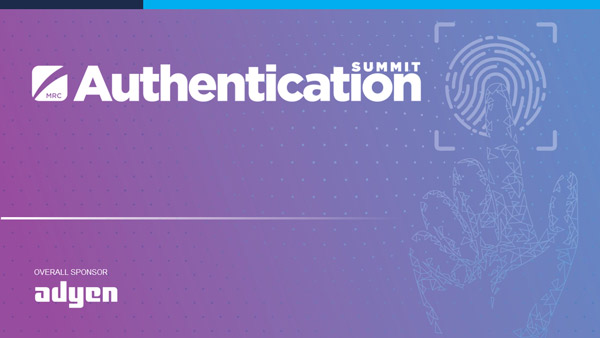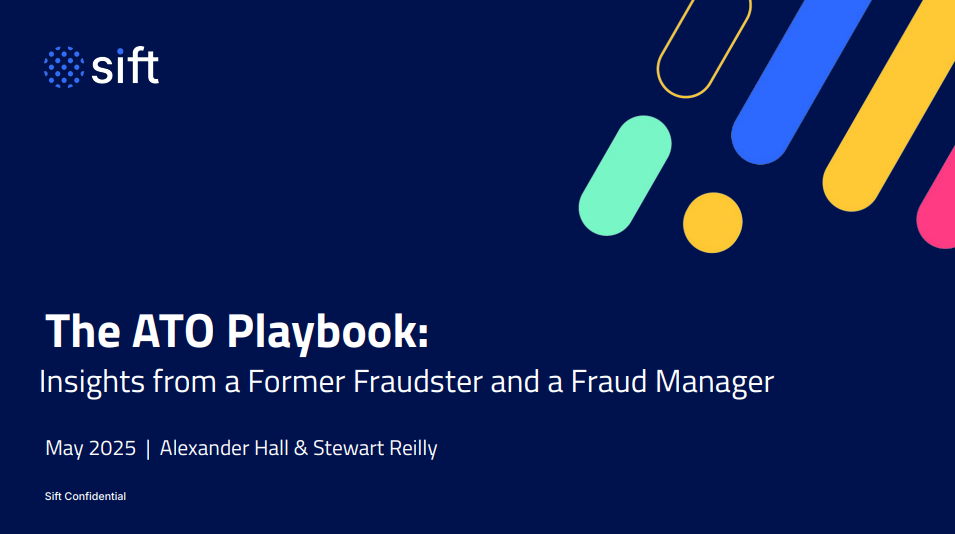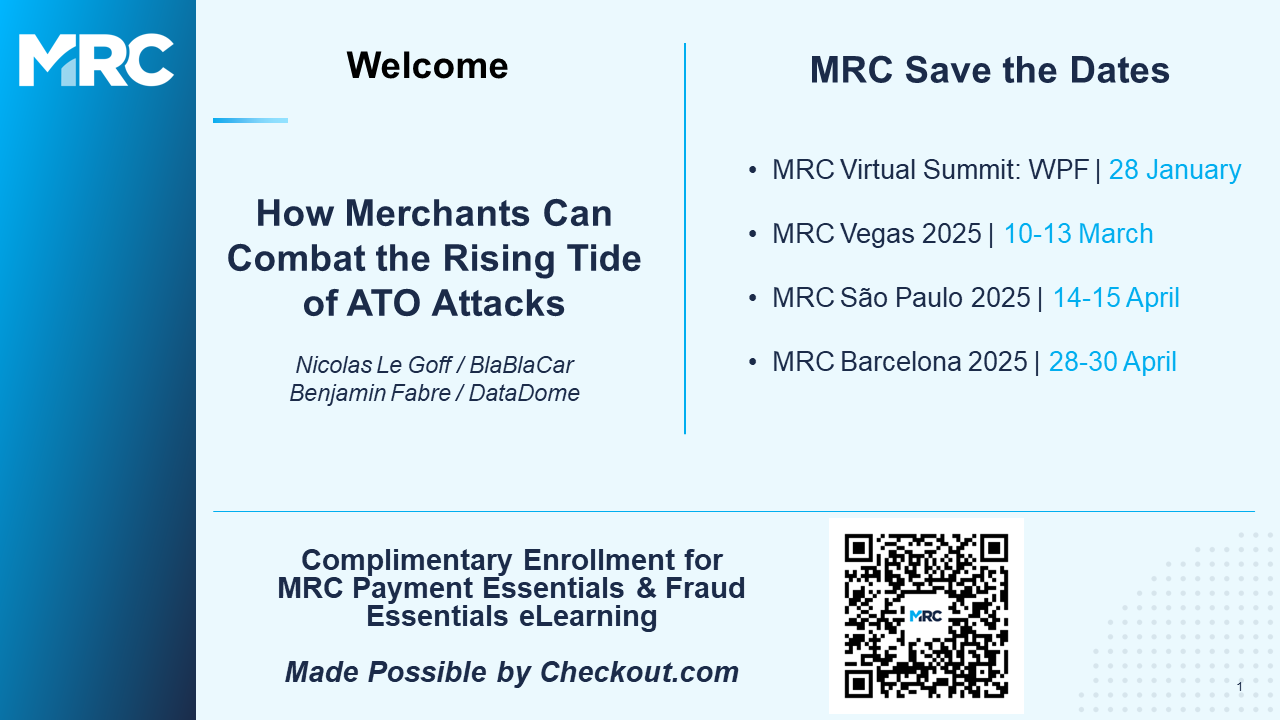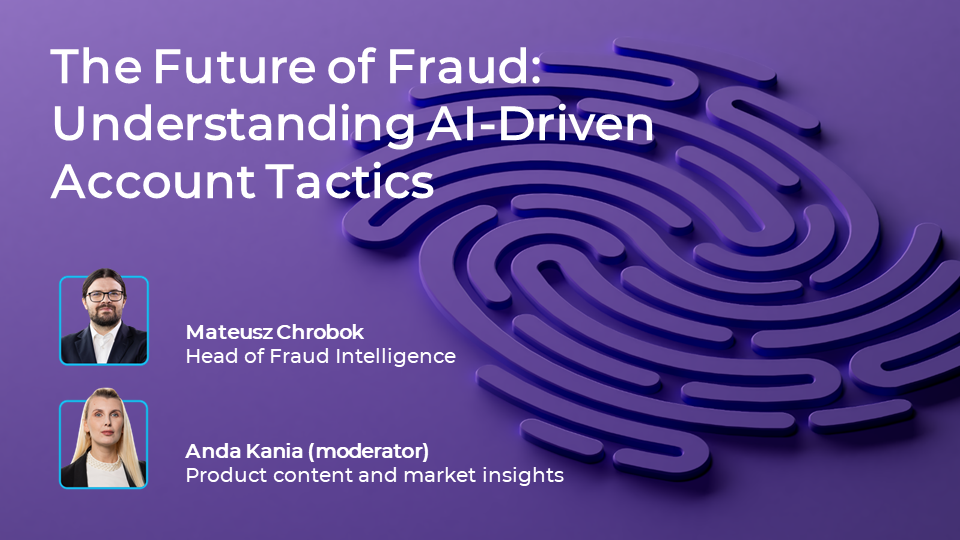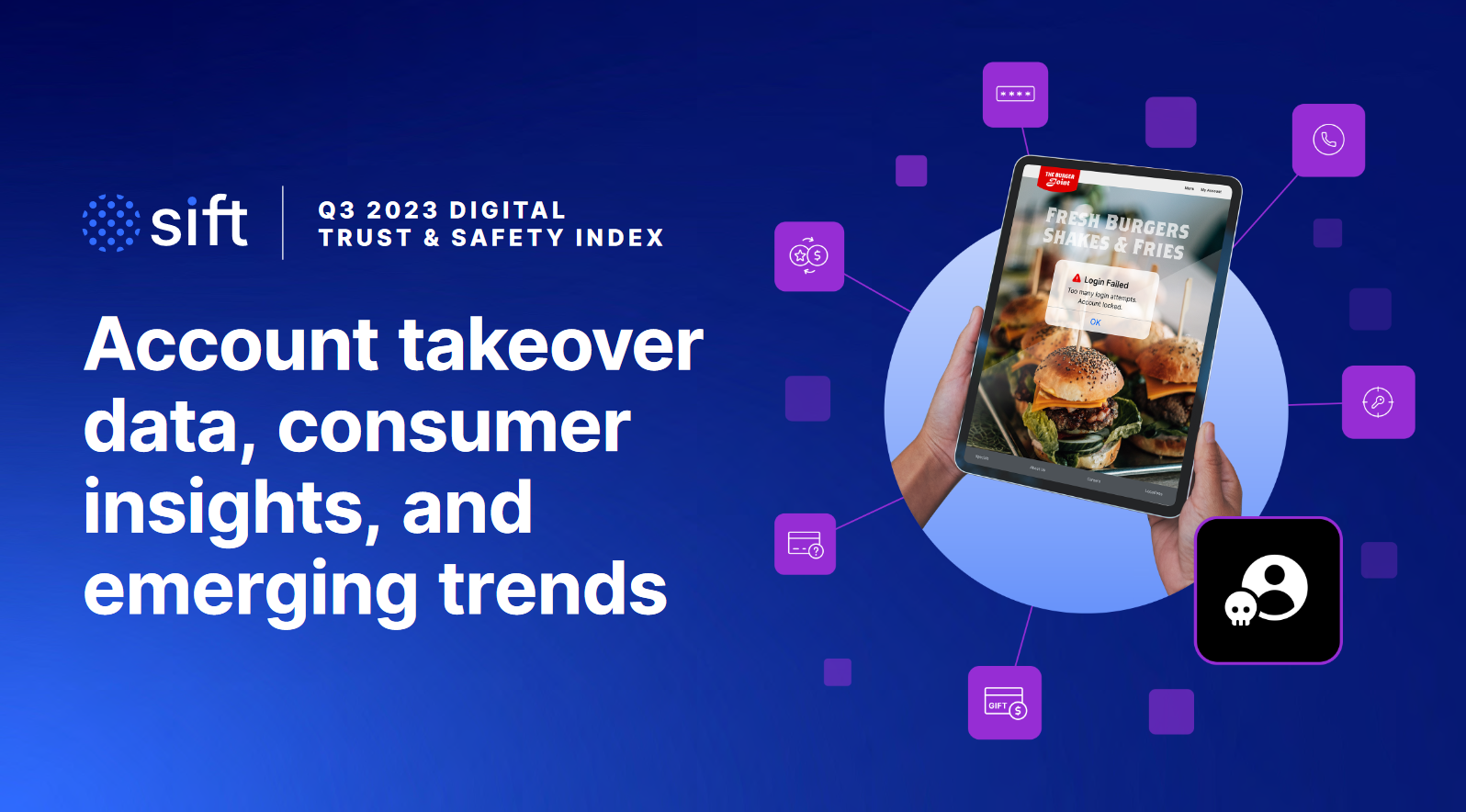Graph-centric Fraud Prevention: From Trusted Account Opening to ATO Fraud Protection
Knowledge based authentication
Teams
Operational Resources
Account Takeover
Identity Fraud
Identity Theft
Socure, Moneygram
Apr 01, 2022
Presentations
Most eCommerce authentication systems don’t verify identity at login. This is problematic, because when credentials get hacked or stolen, merchants can't see who is operating behind a legitimate login. Unfortunately, biometrics can also be hacked and stolen, or associated with rogue users who have compromised accounts.
This is why the need for identity assurance is paramount.
This informative presentation highlights how people commit ATO fraud, and how identity-based authentication and NIST 800-63-3 and FIDO2 standards can be used to counteract these attempts.
Some content is hidden, to be able to see it login here Login

Host a Webinar with the MRC
Help the MRC community stay current on relevant fraud, payments, and law enforcement topics.
Submit a Request
Publish Your Document with the MRC
Feature your case studies, surveys, and whitepapers in the MRC Resource Center.
Submit Your Document
Related Resources
There are no related Events
